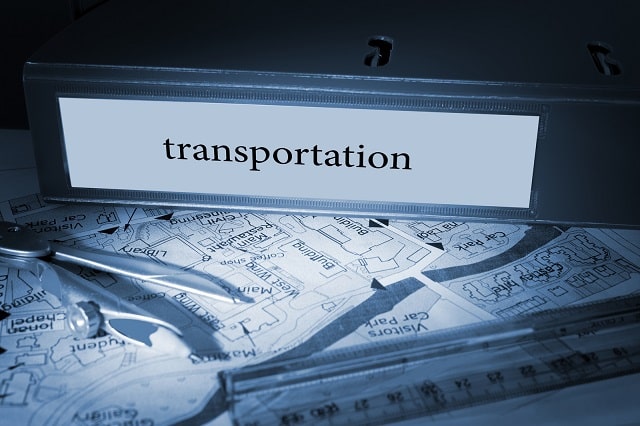5 Steps to Creating an Effective Transportation Asset Management Plan


Transportation Asset Management (TAM) is a discipline that is utilized by local, state, and federal governments to ensure the quality and safety of public transportation systems. These transportation systems can include roads, bridges, airports, railways, and several other important infrastructure assets. Keeping these assets in good working order is paramount to ensuring public safety. The governing bodies responsible for these assets most often use a Transportation Asset Management Plan (TAMP) to organize their work.
Given the direct impact on public safety, a TAMP must follow guidelines outlined in several layers of regulatory documentation from various organizations. In this post, we’ll focus on the construction of a transportation asset management plan and the 5 most important steps that should be followed to create one. The steps we have chosen align with the most important TAMP sections and represent a good guideline to use when creating your own planning document.

A good TAMP should include clear objectives that define the scope and performance targets for the project. It may be necessary to reference external organizations such as the U.S. Department of Transportation (DOT) that act as important regulatory partners. Some examples of transportation assets that may be included are:
A plan that contains clear goals will help align all the important stakeholders and supporting employees who are interested in the project’s success. These objectives can also be used for later steps where performance and financial metrics are determined.
The next important step is the selection of key performance indicators (KPIs) that will be used to track the progress of the transportation asset management plan. A complete asset inventory audit should be conducted to identify all assets under management. From this list, the highest priority assets should be selected based on their total cost and importance to the stability of the overall transportation system. Assets should be tagged with durable barcode labels or equipment nameplates. Given that many transportation assets are exposed to harsh outdoor conditions, durable label materials such as Metalphoto® anodized aluminum are ideal. Metalphoto asset tags and labels offer exceptional durability for extreme environmental conditions and outdoor exposure, and many Metalphoto label options have an expected outdoor lifespan of 20 years.
Many agencies find it useful to determine a scale of performance characteristics for these assets such as poor, fair, good, and excellent. These categories can then be tracked within the Enterprise Asset Management (EAM) or fleet management software system to ensure that the right amounts of maintenance and repair are performed. This is often one of the most challenging steps to take when creating a TAMP due to the significant time and effort that must be invested.

With all assets properly tagged and assigned statuses within an EAM platform, it is much easier to view existing data to identify gaps with the current setup. This can include major roadway routes that need to be created, moved, or repaired and other infrastructure needs that must be addressed in the coming years. Creating a clear list of these needs is a critical part of the TAMP as they will often be the largest cost factor that will impact your budget. As with previous steps, it’s important to be thorough and ensure that all potential needs are identified and added to your plan.
To fully understand the cost structure of a transportation network, it’s necessary to review the complete lifecycle of each major asset. Each component of a transportation route will have an expected lifetime which can often be extended with planned and preventive maintenance. Performing a detailed cost analysis can help determine which investment scenarios make the most sense to maintain the targeted level of performance. In addition, your TAMP should contain some assessment of risk management to understand how various events such as severe weather could impact asset life.
One final step to take is establishing regular reviews as part of your strategic planning process. The best agencies and organizations are committed to continuous improvement and make necessary changes over both the short and long term. Creating a transportation asset management plan should serve as the beginning of a long-term process, and you’ll get the most value out of your planning by making incremental improvements and holding periodic reviews. These sessions are also a great time to solicit feedback from your team and define new goals and initiatives for the coming year.
Transportation asset management continues to be an important focus for government agencies and supporting businesses. Because these transportation systems are often very complex and involve public access, it’s essential to document the maintenance and upkeep strategy as a formal plan. We hope the 5 steps outlined in this post serve as a simple and effective framework to get you started with creating your own effective transportation asset management plan.
Our sales engineers are experts in automatic asset tracking, tagging and identification,a nd can answer all your questions. Get in touch now.
Lets Talk ›